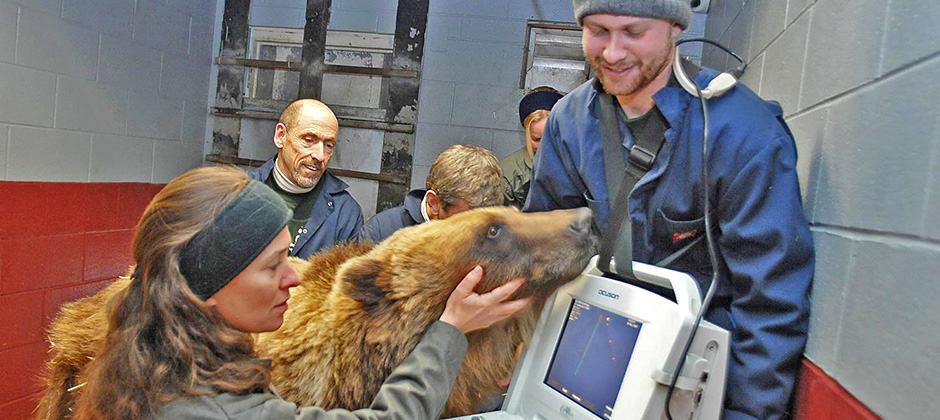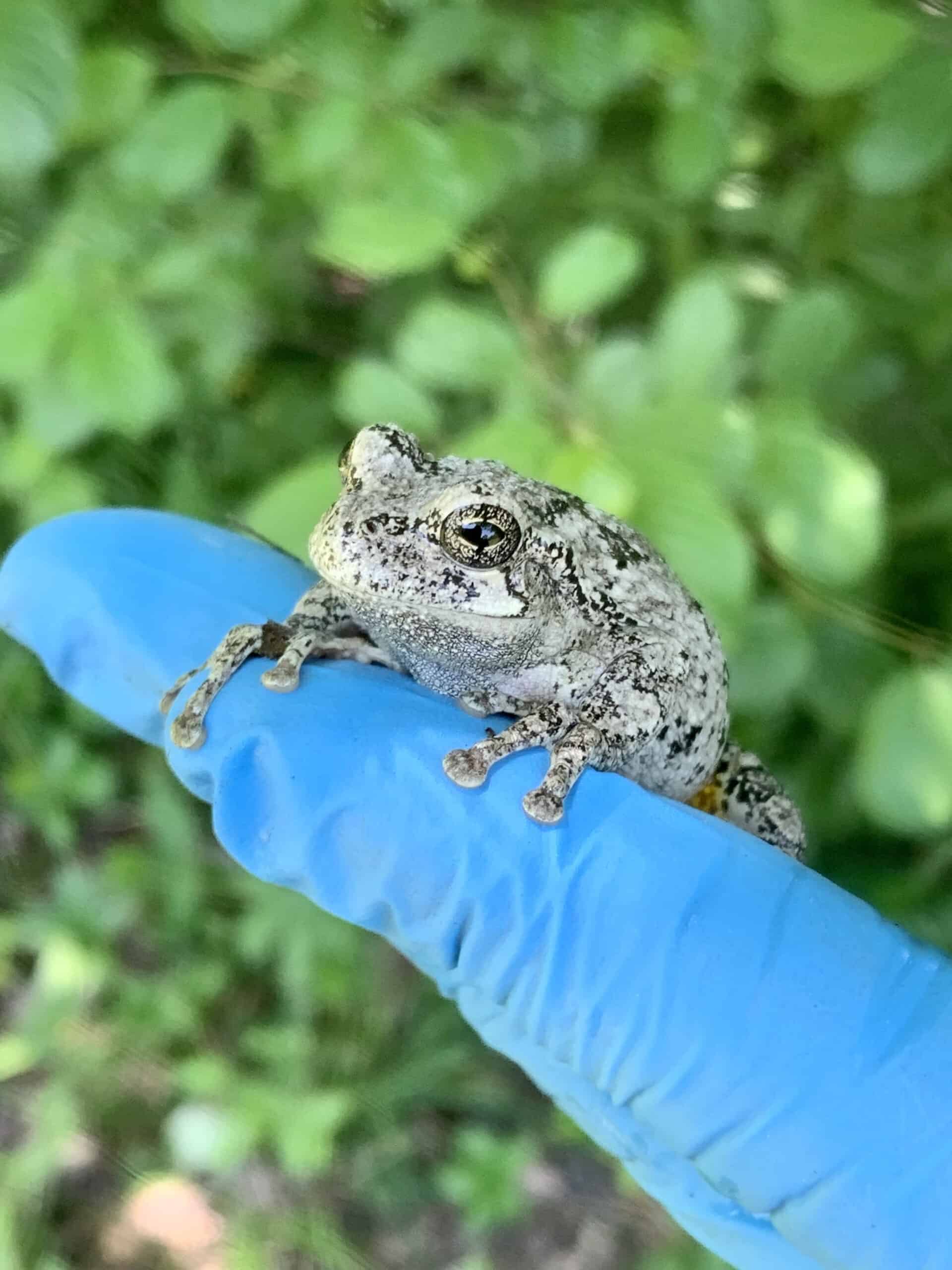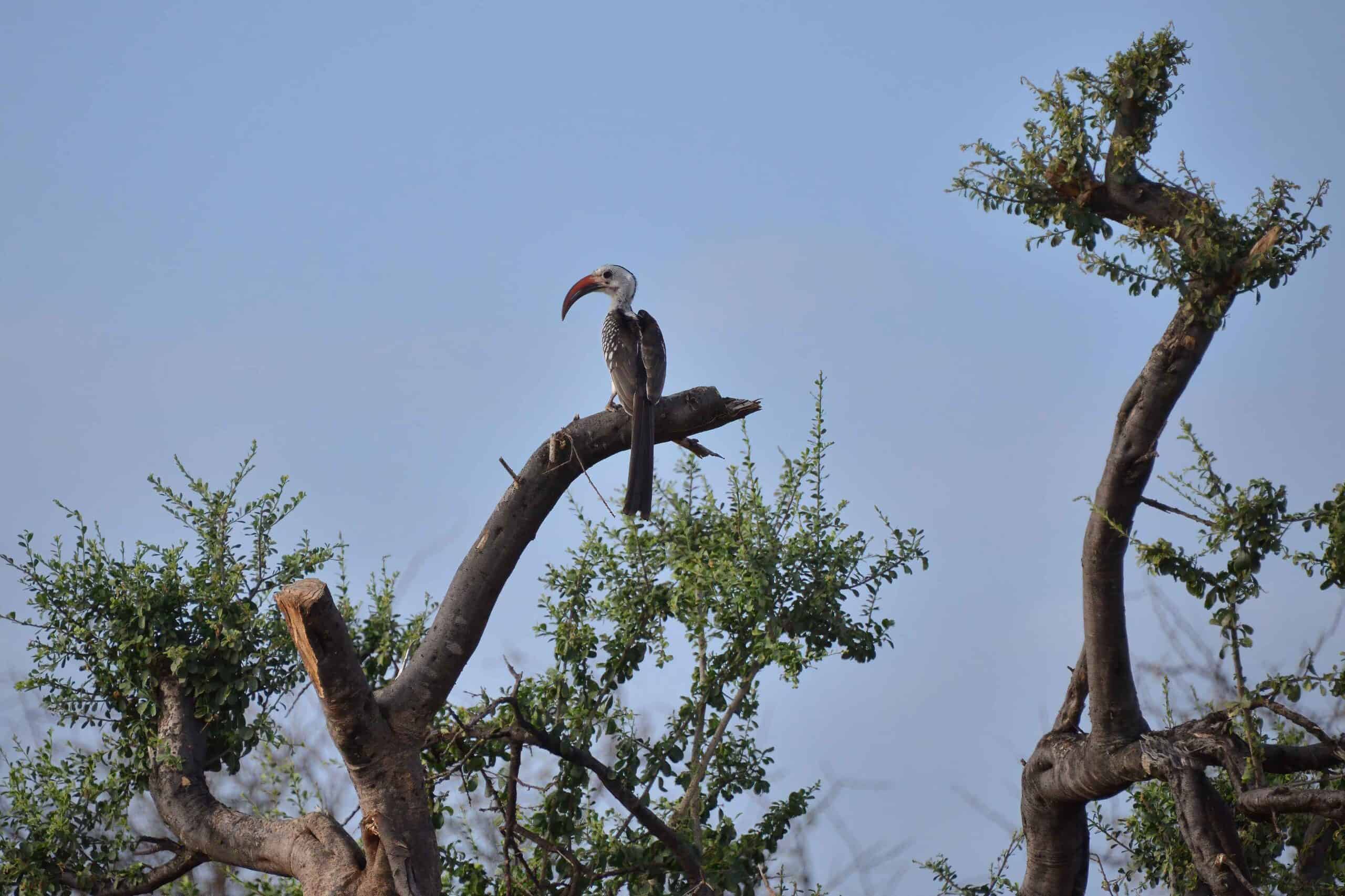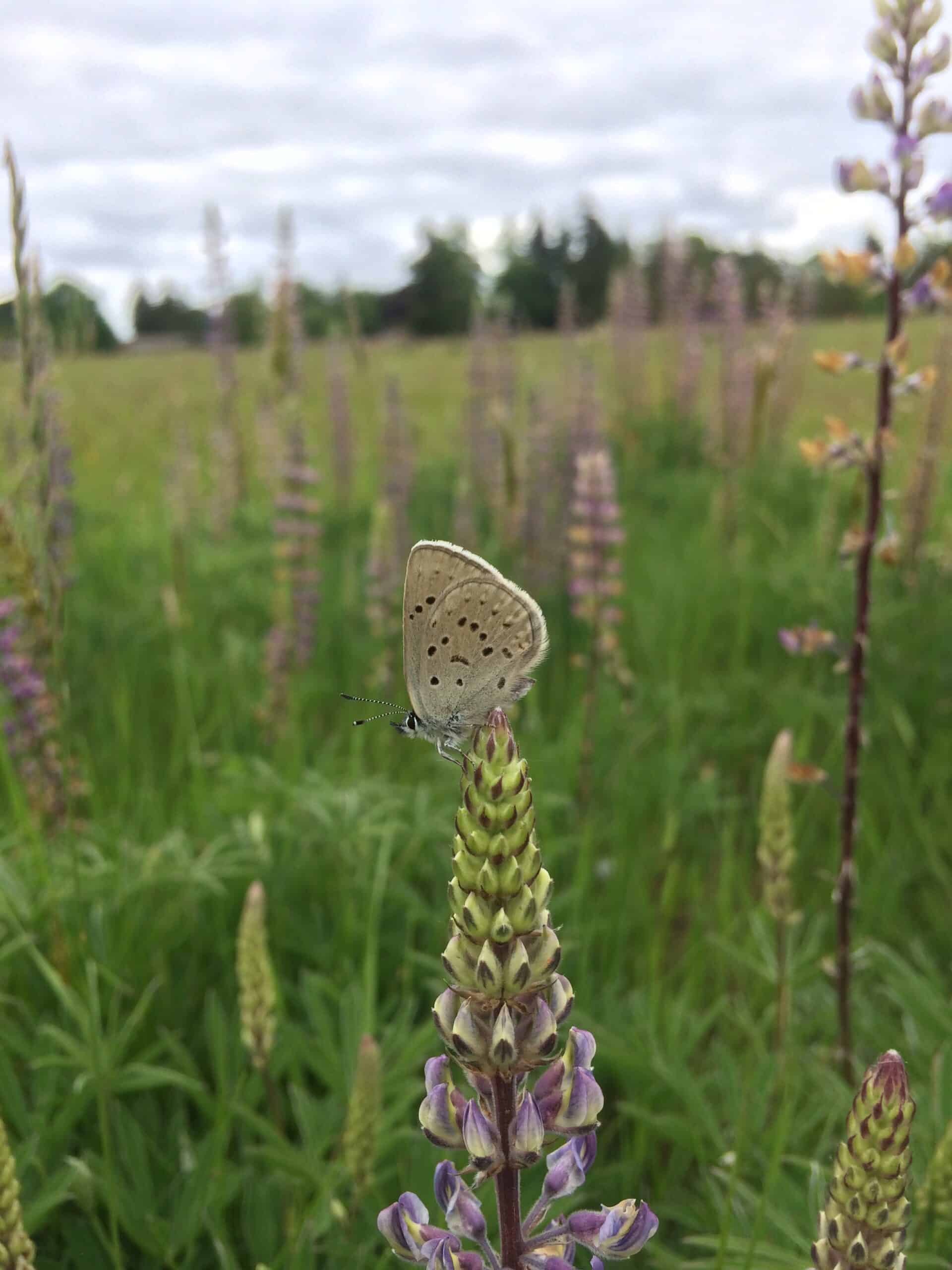Share this article
Secrets of grizzly hibernation lie in their genes
Take a look at the blood chemistry of a hibernating bear, and it will look a lot like a human with diabetes. After bulking up on fat in the fall, they essentially don’t eat, drink, urinate or defecate for five months. Yet they are still able to give birth during hibernation and emerge without loss of muscle mass, ready for spring.
“Humans, if we were to do that, we would of course die,” said Heiko Jansen, a professor at Washington State University’s veterinary college. “We would starve to death. Our muscles would atrophy. Our bones would become brittle. And we’d have all sorts of other problems associated with starvation. But bears seem to have found a way around that.”
How? The answer, he found, lies in their gene expression, and it could have implications for both bear conservation and human health. He and his colleagues recently published their findings in Communications Biology.
WSU is the only university in the world with a captive grizzly bear (Ursus arctos horribilis) population, and the team was able to study biopsied muscle, liver and fat tissues taken from six bears at the Bear Research, Education and Conservation Center at three different times of the year. One was in midsummer, when bears are active. One was in October, when they enter the state of hyperphagia, increasing their fat stores as much as possible. The third was in January, in the midst of hibernation.
Extracting RNA from the samples, they compared the results against the grizzly genome, which was published in Genes last year.They found that grizzlies express far more genes in preparation for and during hibernation than any other hibernating species that has been studied — an order of magnitude more.
“We were surprised by the sheer number of genes that were changing their expression,” Jansen said. Other animals showed several hundred genes were changing in different states. In grizzlies, he said, “we found thousands being changed.”
Far from sitting around inert as a fuel reservoir to last through the winter, fat cells accumulated during hyperphagia are surprisingly active, researchers found — far more active than either muscle or liver cells — and by switching genes on and off, they are able to counter the negative effects that would otherwise come with gorging, fasting and laying around.
And while muscle cells showed the least changes in gene expression, they had reduced expression of genes associated with muscle protein degradation, helping explain how they emerge without the loss of muscle mass that humans would experience if they sat around for five months.
Because the same sets of genes in different tissues were affected at the same time, Jansen believes bears may have a common control mechanism, “some sort of master switch that allows the bears to turn down the metabolism and then turn it back up when they are ready to come out of hibernation. In addition to all the individual changes in the tissue, we think there might also be a sort of master regulator.”
The research points to the importance of food sources and habitat protection to allow bears to prepare for hibernation, Jansen said. The captive bears at WSU may be better fed than your average bear. “They don’t have to work for a living,” he said, but in the wild, bears are particularly susceptible to food shortages, because they affect their ability to hibernate and give birth during hibernation.
“Their habitat, at least in the Lower 48, is being threatened all the time,” he said. “We want to make sure that they survive. But I also appreciate the fact that they’re very, very flexible in terms of how they adapt to situations. I think part of the flexibility can play out in terms of their ability to handle future changes in habitat.”
Their physiological flexibility may also have implications for human health, Jansen said. “We’re hoping we can take advantage of some of this information for treatments for diabetes or obesity or muscle loss,” he said.
Header Image: Lynne Nelson, left, conducts a cardiac ultrasound on a groggy bear during hibernation in past research done at Washington State University’s Bear Research, Education and Conservation Center. ©Henry Moore Jr. BCU/WSU








